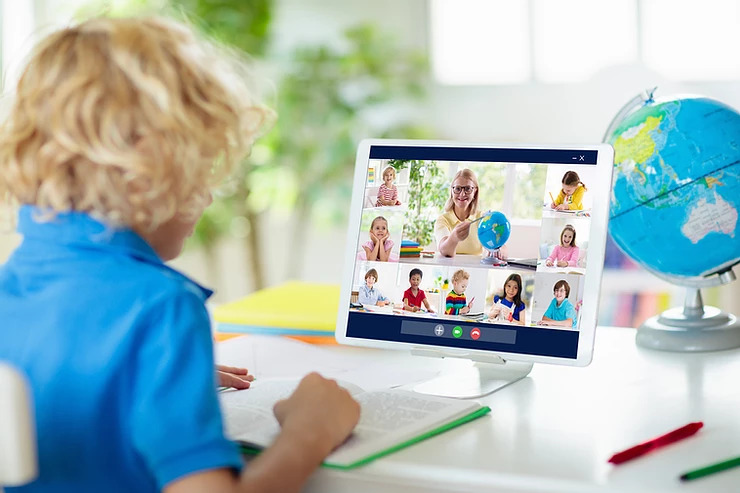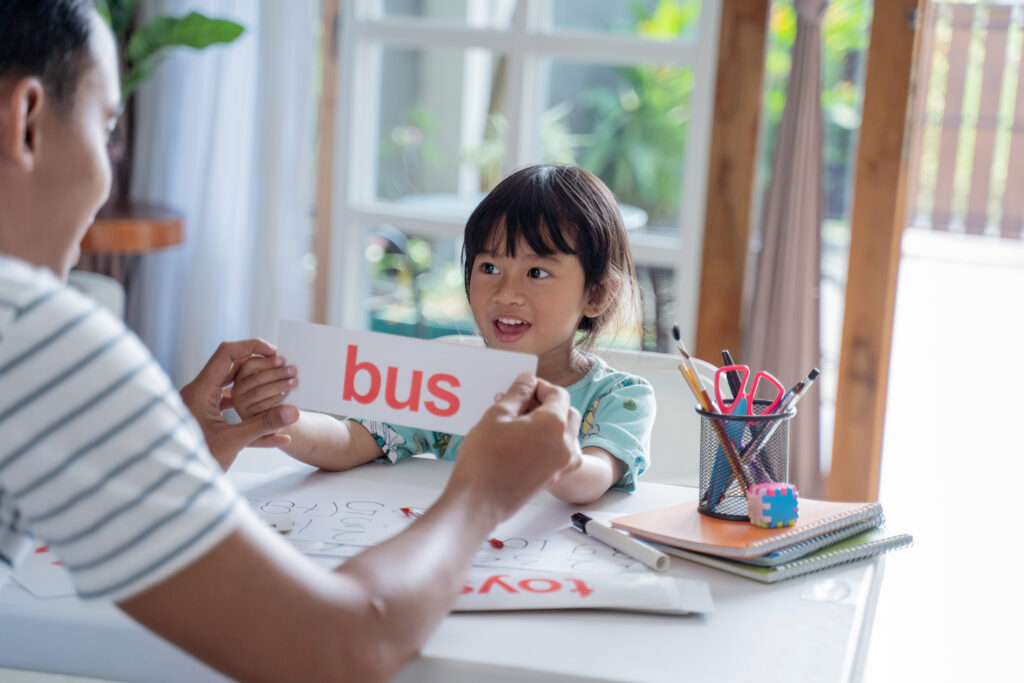Another year has come and gone as we prepare to say goodbye to 2022. We here at HOLA continue to grow, evolve, and learn together as a community. We have loved teaching you and your children Spanish and watching everyone improve and learn more about the language with our lessons. Our instructors look forward to each class and are excited to continue to grow with you in 2023.
Vision Boards
At the end of the year or the beginning of a new year, we at HOLA sit down to visualize what we hope to achieve in the months ahead. We start by creating vision boards for ourselves. A vision board is typically made up of a collage of images that define the goals and dreams we have. Making vision boards allows us to attain self-awareness and reflect on what is important to us.
Making vision boards helps us envision what could be happenning in the future, increasing positive emotions and optimism. When we experience positive emotions, we can often create opportunities and increase our chances of success. Vision boards also help us sort out our priorities within our list of goals and the order we hope to achieve them.
Planning for the Year Ahead
Around this time of year, we start to think about what we want to do in the coming year professionally, in school, and for fun. There’s nothing wrong with looking forward to the future and planning for it as best we can. As you sit down to think about the coming year, think about the following to help organize your thoughts:
- Choose a yearly goal (ie. graduate with honours, become fluent in a new language, take care of mental health)
- Break down the year (ie. seasons, quarters, etc)
- Lay out what steps need to be taken to carry out your plans
- Make note of important dates and deadlines in each section of your year
- Revisit your plan and adjust or add if needed as the year progresses
Having this outline of goals, plans, and important dates can help keep you on pace to achieve your objectives because it gives you awareness of how busy or free you will be at any given time. Of course, life throws us curveballs we don’t always see coming, but having some sense of what to expect can make it easier to accomplish goals, go on vacations, and practice self-care.
HOLA and Virtual Education
A big goal we have for HOLA that we have been planning for and is currently in the works is our e-learning platform. We hope to launch the virtual learning platform around the end of the first quarter or early second quarter of the year. We are excited about evolving with the post-pandemic world as we all continue to adjust and create a new normal between learning in person and learning remotely. We know 2023 is going to be a great year for us all as a community, and can’t wait to provide you with more options, new lessons, and continued guidance on your Spanish language learning journey.



















